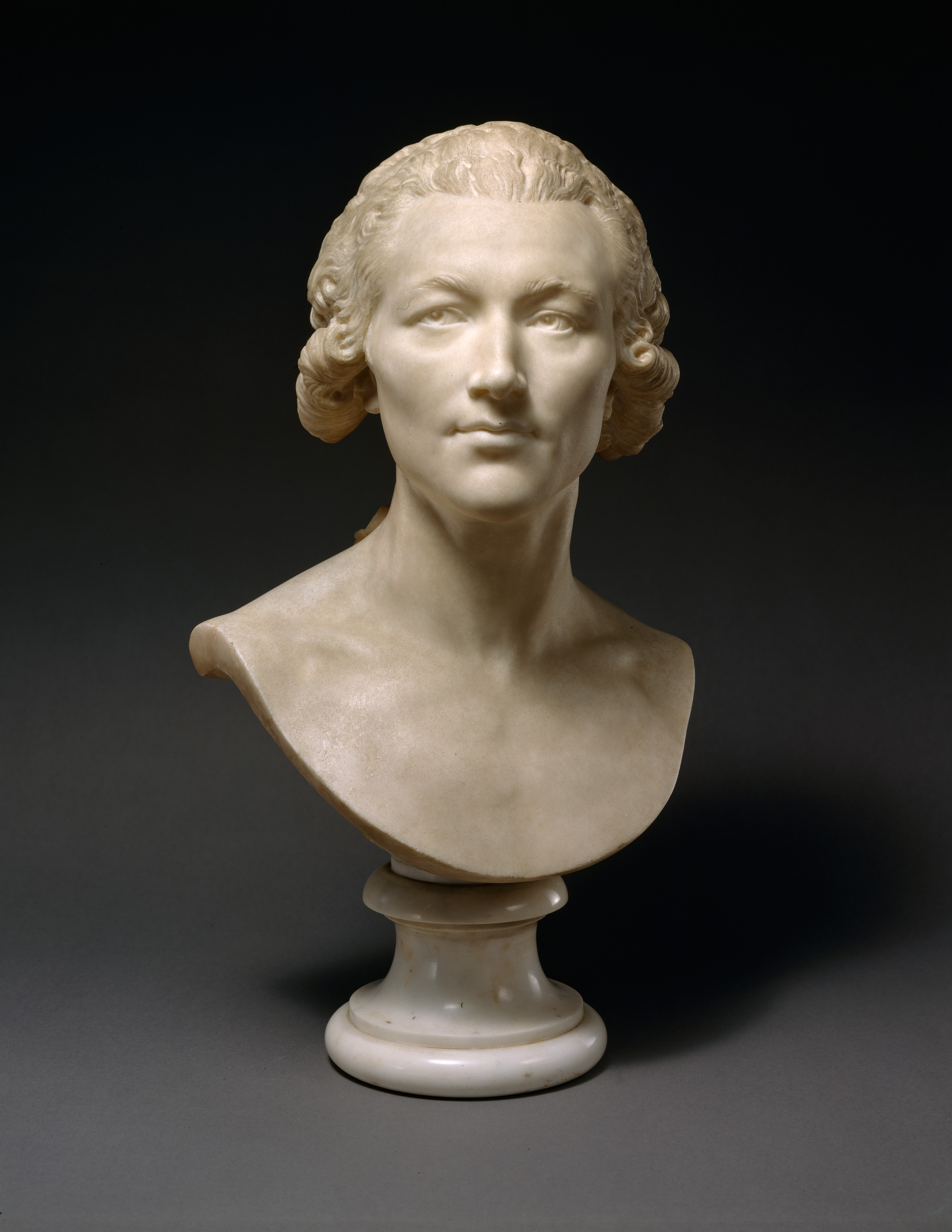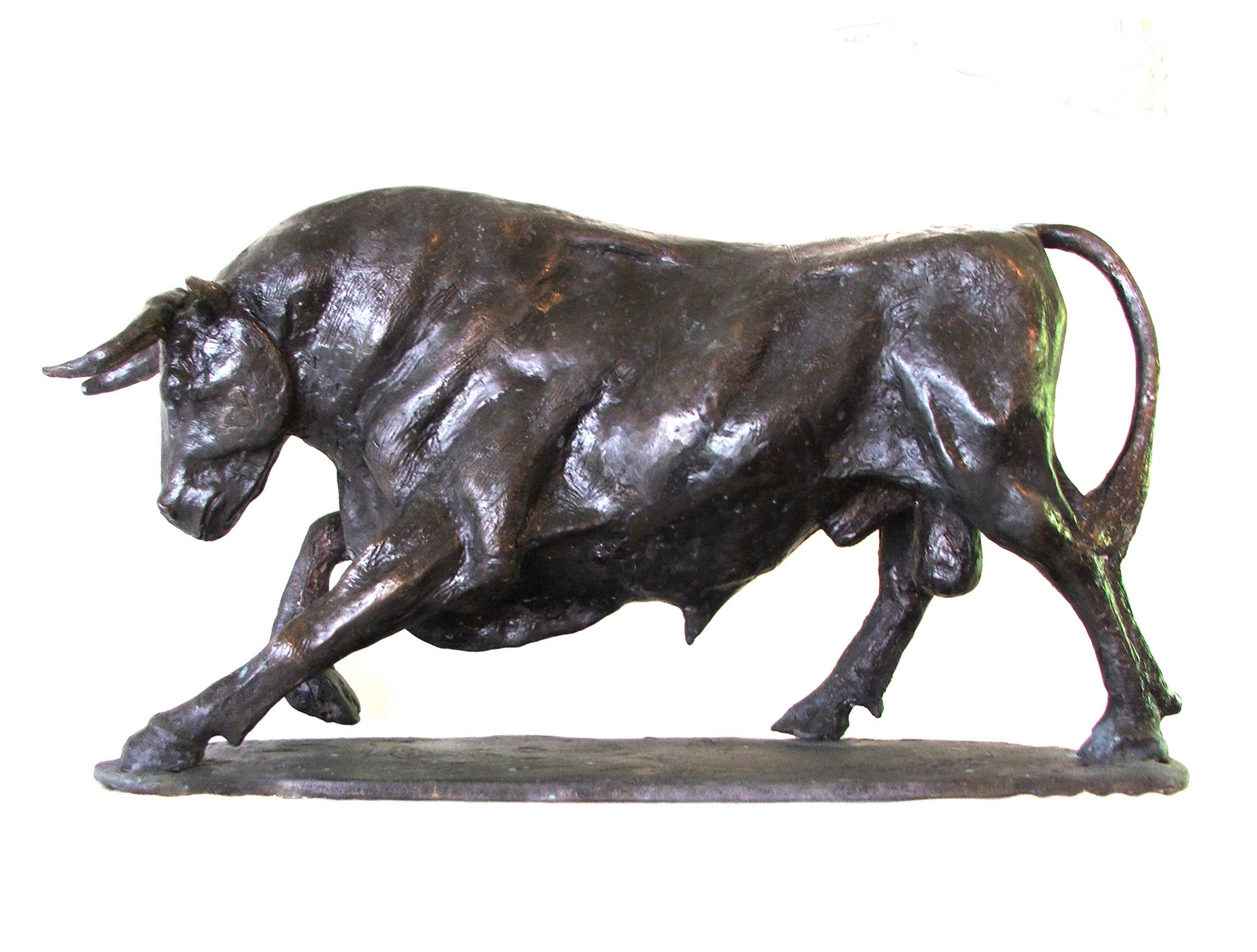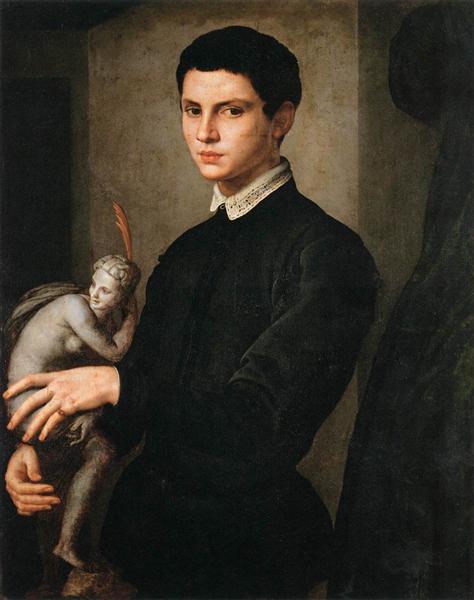Artistic Evolution: From Classic to Modern with Bronze Sculptures
Wiki Article
The Impact of Nature in Sculpture Art
The impact of nature in sculpture art is a topic that has mesmerized artists throughout history. From old human beings to modern musicians, the all-natural world has served as an extensive resource of motivation. This influence appears in the organic forms and forms that are often located in sculpture, resembling the contours and contours of nature. Sculptors also discover appearance and materials in their work, looking for to recreate the tactile top qualities of the all-natural world. Symbolism of natural environments is one more way in which nature affects sculpture, as artists imbue their creations with the definition and associations intrinsic in these elements. The setting itself, with its landscapes, plants, and fauna, is often mirrored in sculptures, using a connection to the globe around us. Eventually, sculpture art has the power to capture the transience of nature, cold a moment in time and permitting us to appreciate its beauty in eternity.Organic Shapes and forms
Organic forms and forms, influenced by the harmonious structures and intricate patterns located in nature, play a crucial duty in the world of sculpture art. Carvers have long been mesmerized by the beauty and complexity of the all-natural globe, discovering inspiration in the graceful contours of a seashell, the delicate petals of a blossom, or the turning branches of a tree. By mimicing and abstracting these natural types, artists have the ability to develop sculptures that evoke a sense of consistency and balance.One of the factors organic kinds and forms are so prevalent in sculpture art is their capacity to get in touch with customers on a deep emotional degree. The natural globe knows to us all, and when we see these kinds represented in art, it elicits a feeling of comfort and acknowledgment. It reminds us of our area in the grand plan of points and enables us to connect with something above ourselves.
Additionally, natural types and forms in sculpture art typically personify a sense of motion and energy. The streaming lines and dynamic structures simulate the constant movement and growth discovered in nature. This creates a feeling of vigor and brings sculptures to life, making them appear as if they can continue to transform and develop prior to our eyes.
Texture and Material Expedition
A significant facet of sculpture art influenced by nature is the expedition of texture and materials via the use of different strategies and mediums. Musicians often draw ideas from the diverse textures discovered in the all-natural world, such as the rough bark of a tree, the smooth surface area of a stone, or the intricate patterns on a leaf. By including these appearances into their work, carvers can develop a tactile experience for audiences, inviting them to involve with the art work on a sensory degree.Texture can be accomplished in sculpture with a selection of approaches. Some artists choose to carve or shape straight right into the picked material, creating a three-dimensional surface that imitates the structures located in nature. Others might use techniques such as molding or casting to capture the details of organic textures. Additionally, artists may try out different materials, such as wood, stone, metal, or clay, each using its very own special appearance and aesthetic charm.
Material exploration is also a significant component of sculpture art affected by nature. They might integrate natural aspects like branches, leaves, or even soil right into their sculptures, obscuring the limits between art and the environment.
Symbolism of Natural Environments
The unification of all-natural aspects in sculpture art adds a layer of symbolism and deepness to the art work. By using materials located in nature, artists have the ability to imbue their developments with significance that resonates with visitors on an extensive level. Natural elements such as timber, stone, and plants have been made use of throughout history to convey numerous symbolic messages.Sculptures crafted from this product can stimulate a feeling of connection to the planet and the cycles of life. Sculptures carved from rock can signify the timeless nature of particular ideas or ideas.
Plants and flowers are additionally often included into sculpture art, standing for themes of elegance, growth, and renewal. The delicate flowers and vibrant colors of flowers can stimulate sensations of delight, while the linking branches of plants can signify interconnectedness and unity.
In addition to these natural materials, artists might also use all-natural components such as water, fire, or wind to additionally boost the symbolic message of their art work. These components can represent the transformative power of nature, the passage of time, or the forces that shape our world.

Representations of the Environment
Representations of the Setting can be seen in sculpture art with the unification of natural aspects and the representation of ecological styles. Artists frequently attract ideas from the environment, utilizing products such as wood, stone, or perhaps recycled products to produce their art work. By see utilizing these natural environments, they not just admire the environment however additionally develop a stronger connection between the art work and its environments.Along with the products used, sculpture art also shows the setting through the portrayal of environmental motifs. Several sculptors choose to portray animals, plants, or landscapes in their work, highlighting the appeal and delicacy of the all-natural globe. These sculptures work as reminders of the significance of protecting our atmosphere and the requirement for lasting methods.

In addition, environmental sculptures usually aim to elevate understanding about pushing ecological concerns. They function as aesthetic representations of the influence of human tasks on the atmosphere, such as deforestation, pollution, or environment modification. By portraying these issues in their art work, carvers intend to motivate customers to do something about it and come to be a lot more conscious of their very own environmental impact.
Catching the Transience of Nature
Sculpture musicians additionally check out the impact of nature by skillfully recording the ever-changing and ephemeral aspects of the all-natural world. Via their creativity, these musicians aim to show the fleeting elegance and transience of nature, evoking a feeling of wonder and reflection in audiences.One method which sculpture artists catch the transience of nature is by utilizing materials that are themselves based on decay and adjustment. Musicians may select to function with organic products such as fallen leaves, flowers, or wood, which normally deteriorate over time. This calculated choice highlights the impermanence of nature and advises us of the unavoidable cycle of life and fatality.
In addition, sculpture artists typically use techniques that produce a feeling of activity and fluidity in their work. By integrating moving lines and vibrant forms, they communicate the ever-changing nature of the all-natural globe. This can be seen in sculptures motivated by wind, water, or the development of plants, where the artist seeks to catch the significance of consistent activity and transformation.
Additionally, some artists select to develop site-specific or temporary setups that engage with the atmosphere. These ephemeral sculptures, made from products such as sand, light, or ice, are purposefully made to progressively transform or go away with time. By welcoming the short-term nature of their developments, musicians invite customers to review the short lived beauty of the natural world and the impermanence of human existence.

Verdict
Finally, nature has a profound influence on sculpture art. Through the use of organic types and forms, musicians have the ability to stimulate a feeling of all-natural elegance and consistency. Appearance and product exploration further enhance the connection to nature, as artists frequently integrate natural materials into their sculptures. Significance of natural aspects adds depth and implying to the artwork, while reflections of the environment capture the significance of nature. Inevitably, sculpture art records the transience of nature and commemorates its eternal effect.
Symbolism of natural components is another method in which nature affects sculpture, as musicians imbue their creations with the significance and organizations inherent in these aspects.A substantial aspect of sculpture art influenced by nature is the exploration of appearance and products through the use of different strategies and tools (Bronze Sculptures).Material expedition is additionally a substantial part of sculpture art influenced by nature.One way in which sculpture artists catch the transience of nature is by making use of products that are themselves subject to degeneration and change. Texture and material exploration additionally boost the link to nature, as musicians usually incorporate natural materials into their sculptures
Report this wiki page